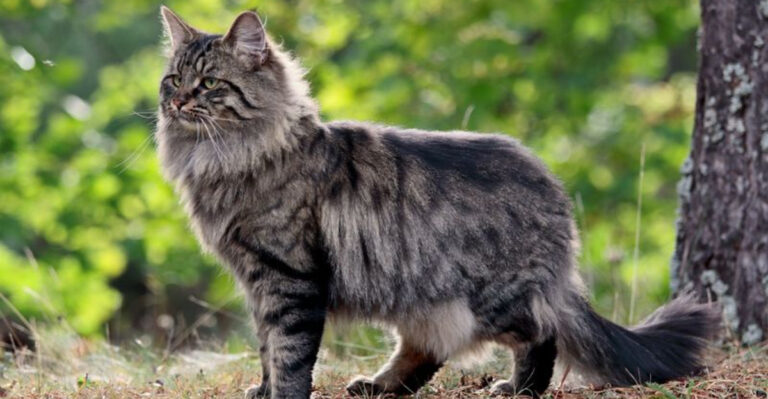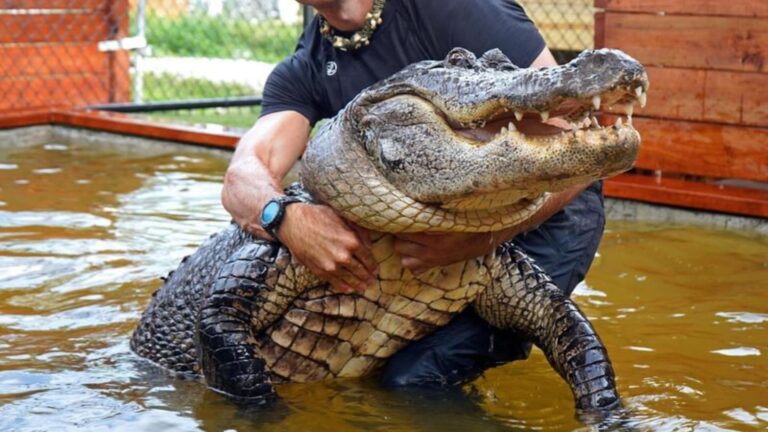Is Your Cat’s Shampoo Poisonous? Here’s What You Should Know
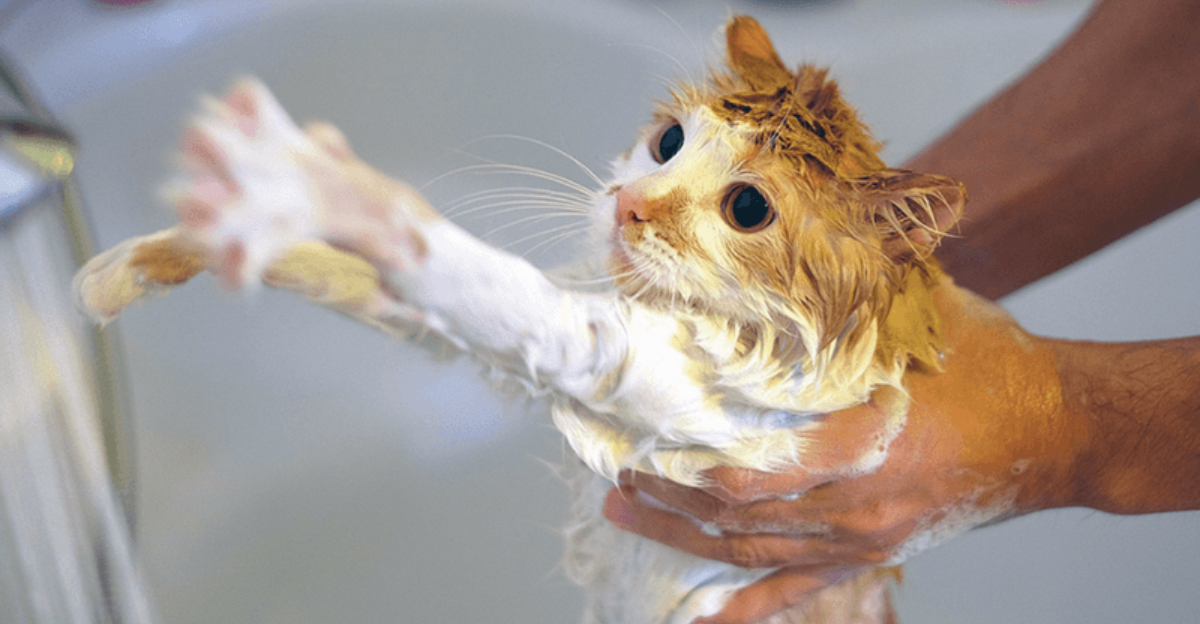
Cats are curious creatures, often getting into things they shouldn’t. But have you ever thought about what goes on their skin?
Yep, we’re talking about shampoo. You might not give it much thought, but the kind of shampoo you use on your feline friend could be affecting their health.
From strange reactions to sneaky ingredients, let’s dive paws-first into what you should know!
1. Why Choosing The Right Cat Shampoo Matters
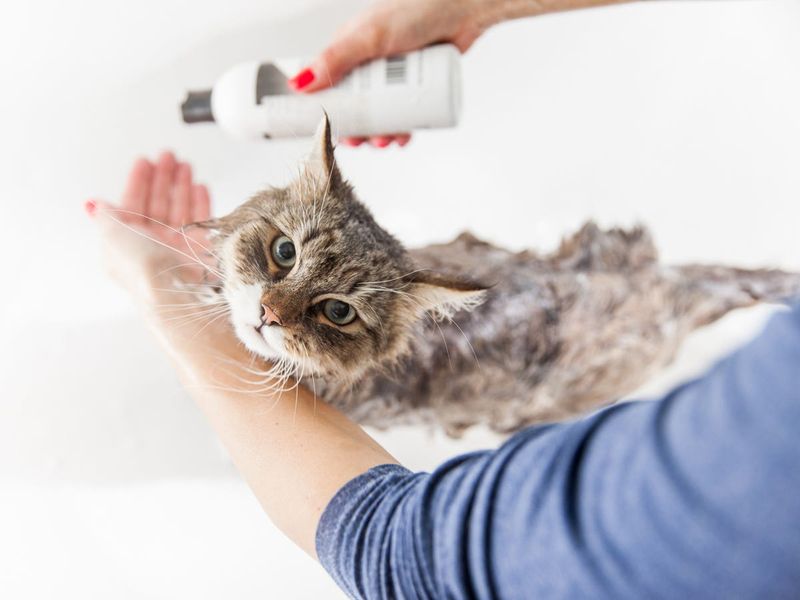
Selecting the correct shampoo for your cat is not just about a pleasant scent. Cats have delicate skin which requires gentle care. A wrong choice might result in irritation or even allergies.
Remember, it’s not one-size-fits-all. Cats vary in skin sensitivity, and a shampoo that works for one might not suit another.
Think about it like feeding them – just because tuna is okay doesn’t mean chocolate is. So, be mindful and pick wisely.
2. How Cats React Differently To Ingredients Than Dogs
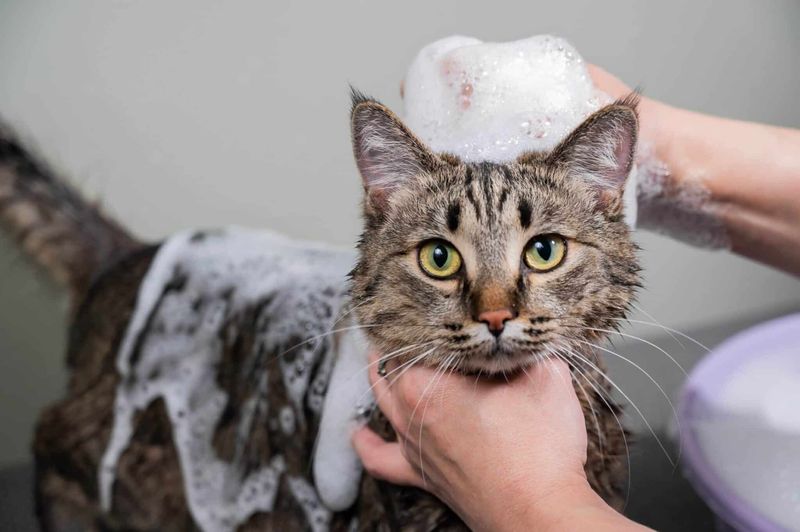
Cats aren’t just small dogs. Their bodies process ingredients differently. What’s safe for a dog could be harmful to a cat.
For instance, certain essential oils might be relaxing for dogs but can cause toxicity in cats. Their unique metabolism can’t break down some substances as efficiently as dogs do.
It’s crucial to understand these differences because what’s meant for one can be toxic for the other. Never assume a product safe for dogs will suit cats. Keep a watchful eye and always choose cat-specific products.
3. The Biggest Offender: Essential Oils In Cat Shampoos
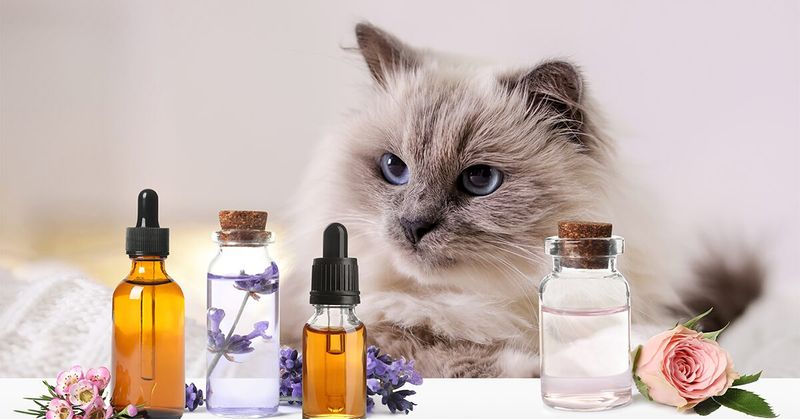
Essential oils might sound natural and pleasant, but they’re a big no-no for cats. Their livers can’t process these oils, leading to harmful build-up.
Some oils, like tea tree or eucalyptus, can be especially toxic. They may seem harmless and are often used for their scent, but they can cause skin reactions, respiratory issues, or worse.
Avoid the temptation of ‘natural’ features without checking the specifics. Always read labels carefully and go for products that clearly state they’re essential oil-free.
4. The Problem With Artificial Fragrances
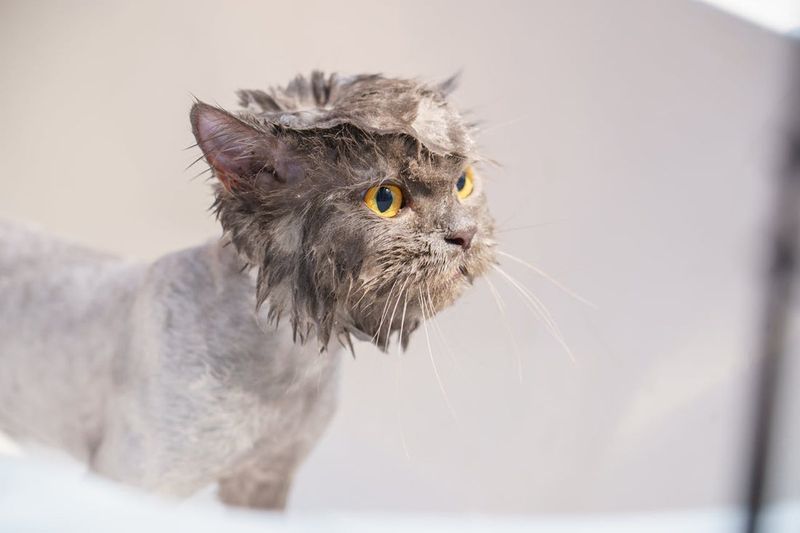
Artificial fragrances can be alluring, making us feel like our cats should smell like a spring breeze. But behind the pleasant aroma, there’s often a cocktail of chemicals.
These fragrances can cause sneezing, skin irritation, or even trigger allergic reactions in cats. Their sensitive noses might not appreciate the scent as much as we do.
Instead, opt for unscented or naturally scented options. Less is more when it comes to fragrance for cats. Let them smell like themselves – naturally adorable!
5. Preservatives You Should Watch Out For
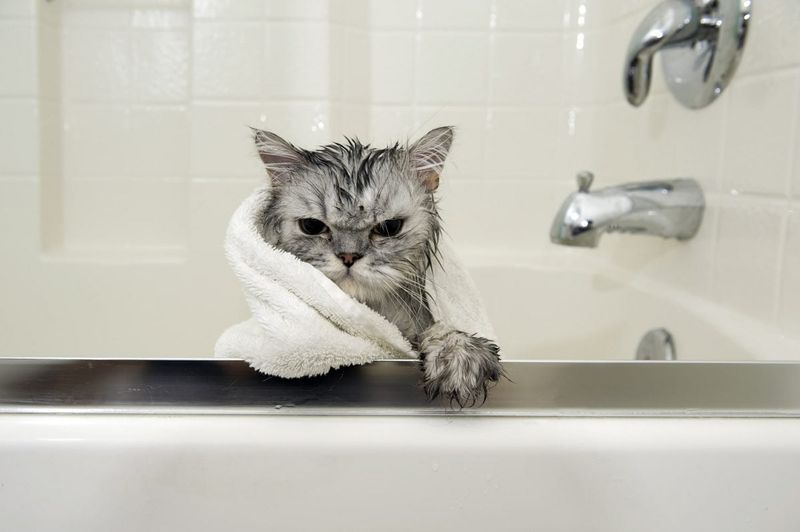
Preservatives are used to extend shelf life, but some can be harmful to cats. Parabens, for example, have been linked to skin irritation and hormonal disruptions.
While they keep the product fresh, they might not be kind to your cat’s skin. Read ingredient lists carefully and avoid products with an extensive list of chemical preservatives.
Consider shampoos that use natural preservatives or are formulated for sensitive skin. Keeping your cat’s skin irritation-free is worth the extra effort in label reading.
6. Sodium Lauryl Sulfate (SLS) And Harsh Detergents
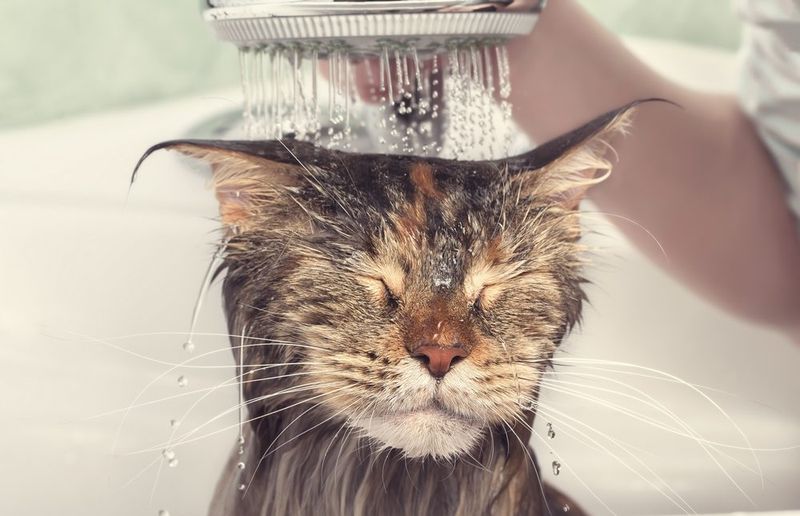
Sodium Lauryl Sulfate is a common detergent that creates lather – but at what cost? It’s harsh on sensitive feline skin, stripping natural oils and causing dryness or irritation.
While bubbles can seem like fun, they might not be fun for your cat. Their skin requires a milder touch.
Seek shampoos labeled as sulfate-free to ensure a gentle cleaning experience. After all, your cat deserves a bath that’s soothing, not scratching.
7. Color Additives: Unnecessary And Harmful

Color additives might make shampoos visually appealing, but they add no value to your cat’s bath. Even worse, they can lead to skin irritation or allergies.
Cats don’t care about the color – they just want a comfortable bath. Why risk it? Opt for products without unnecessary dyes.
Natural is the way to go. A colorless shampoo is often the safest bet for your feline buddy.
8. Is “Natural” Always Safe For Cats?
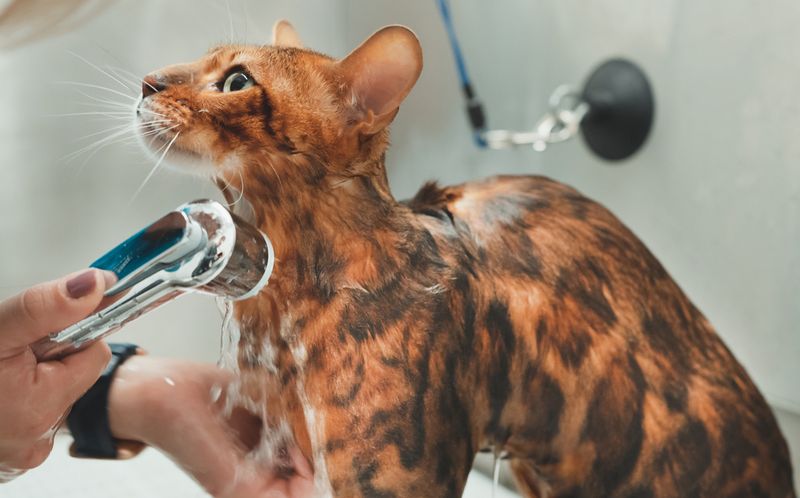
Natural doesn’t always mean safe. Some natural ingredients can be harmful to cats. Essential oils, even in natural products, can be toxic.
It’s easy to assume that natural equals safe, but always dig deeper. Read labels and research ingredients.
Safety is key. Don’t let the word ‘natural’ lure you into a false sense of security.
9. Signs Your Cat Had A Bad Reaction To Shampoo
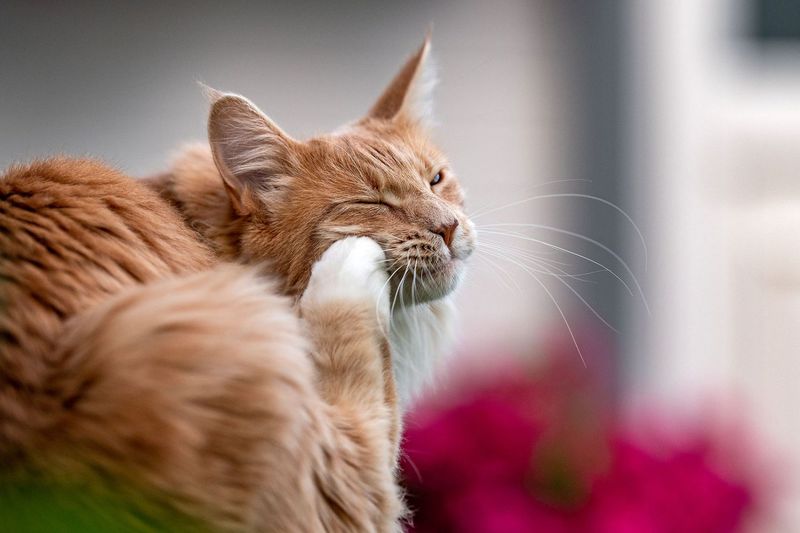
Noticing flaky skin, excessive scratching, or red patches on your cat? These might be signs of a bad reaction to shampoo.
Cats have sensitive skin that can react strongly to harsh ingredients. It’s paramount to act quickly if you notice discomfort after a bath.
Consult your vet if symptoms persist. A change in shampoo might be necessary to prevent long-term issues. Your cat’s comfort is worth the attention!
10. Can Human Shampoo Harm Your Cat?
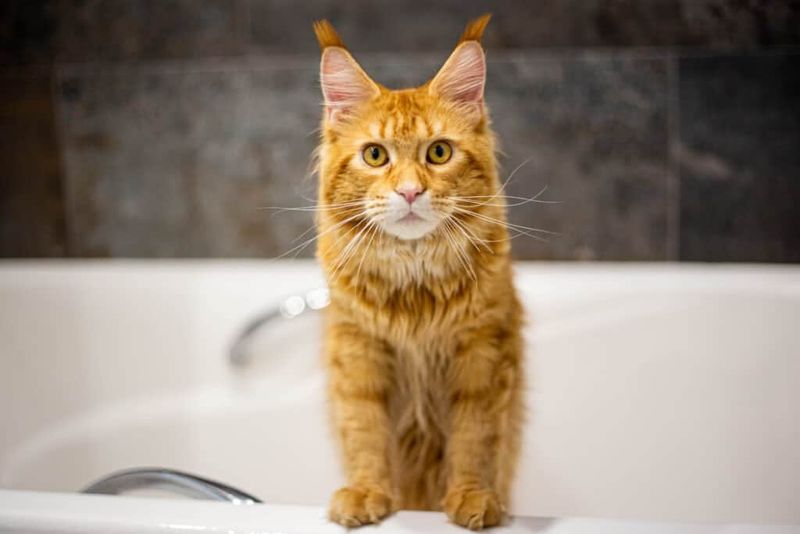
Human shampoos are made for human skin, not cats. The pH balance is different and can disrupt your cat’s skin barrier.
While it might seem convenient, using human shampoo can cause dryness and irritation. It’s always better to opt for a cat-specific shampoo.
Keep their bath-time pleasant with products designed for their unique needs, ensuring they’re happy and healthy after every wash.
11. Safe Shampoo Ingredients To Look For
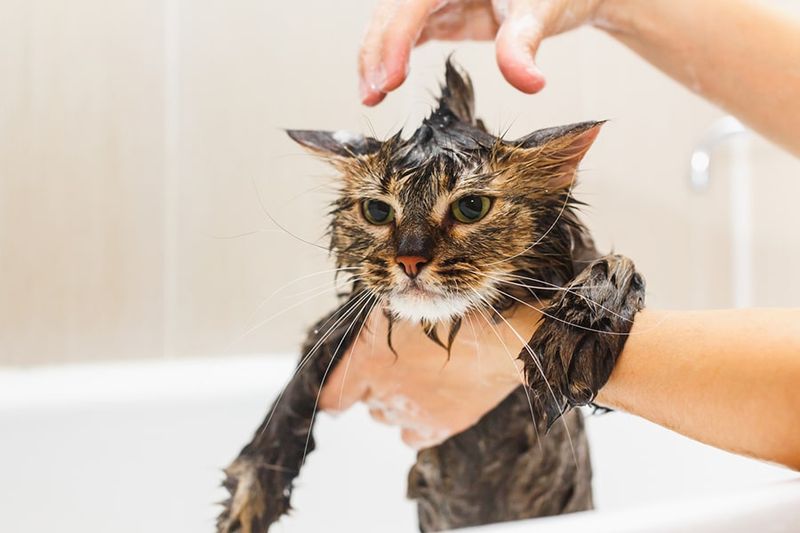
Looking for safe shampoo ingredients? Chamomile, oatmeal, and aloe vera are gentle and soothing. These ingredients nourish the skin and promote a healthy coat.
Always check labels for these friendly components. They’re perfect for cats with sensitive skin and provide a calming bath experience.
Your cat will thank you with purrs and cuddles – a testament to their comfort and your care.
12. Unscented And Hypoallergenic Options: A Smart Choice
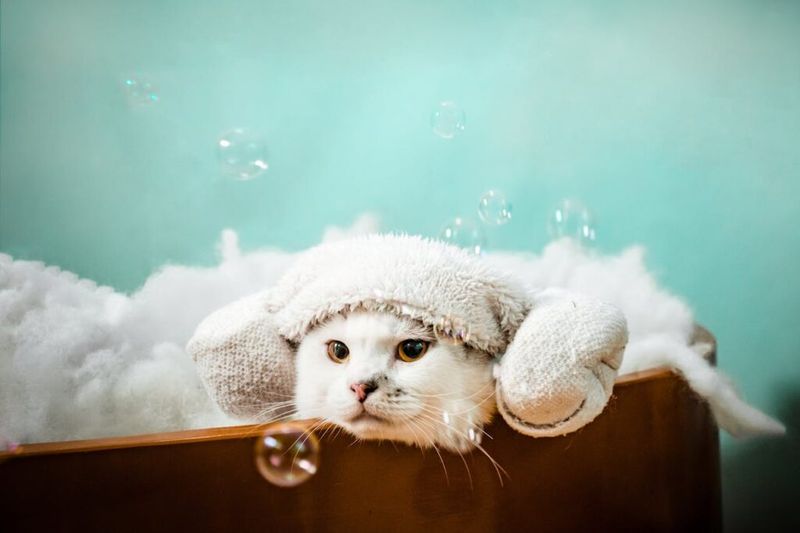
Unscented and hypoallergenic shampoos are ideal for cats with sensitive skin or allergies. These options tend to have fewer ingredients, reducing the risk of irritation.
Cats don’t need perfumes to smell good – they have their natural feline charm. Opt for these gentle formulas to keep them comfortable.
Choosing unscented is a win-win – you avoid allergens, and your cat remains itch-free. A peaceful bath-time awaits!
13. How Often Should You Even Bathe Your Cat?
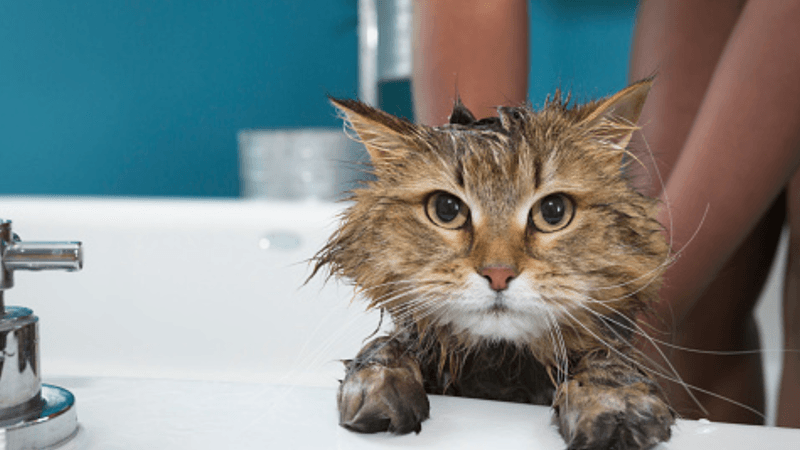
Cats are self-groomers, so you might not need to bathe them often. Once every month or two is generally enough for most cats.
Too frequent baths can strip their coat of natural oils, leading to dryness. It’s about balance – keeping them clean without over-washing.
Monitor their coat and lifestyle. If they get into something messy, a bath might be needed sooner. Trust your instincts and your cat’s behavior!
14. When In Doubt: Vet-Approved Products Only
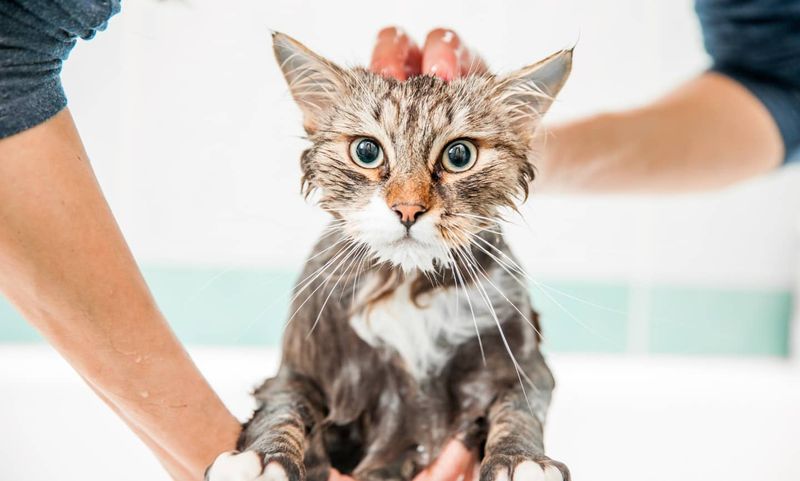
When uncertain, turn to vet-approved products. These shampoos are tested and often recommended by professionals for their safety and efficacy.
Your vet knows your cat’s specific needs and can guide you to the right choice. Peace of mind comes from knowing you’re using vetted products.
Don’t hesitate to ask your vet for recommendations. It’s always better to be safe than sorry when it comes to your feline friend’s health.
15. DIY Cat Shampoo: Safe Or Sketchy?

DIY shampoo might seem like a crafty idea, but it’s not without risks. Homemade mixtures can lack the necessary balance of ingredients.
Without proper knowledge, you might use something harmful. Cats are sensitive creatures, and even small mistakes can lead to issues.
If you’re set on DIY, do thorough research or consult your vet. It’s crucial to ensure what you’re using is truly safe.




